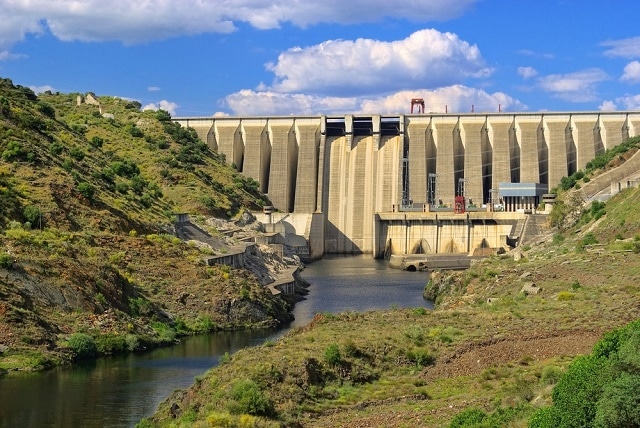May 31 2016
The extinction of sustained species is found to occur on islands surrounded by hydroelectric reservoirs, according to the latest study carried out by the University of Stirling.
 Image Credit: LianeM | Shutterstock.com
Image Credit: LianeM | Shutterstock.com
Researchers have found that the flora and fauna levels are not maintained after reservoir islands are formed by huge dams in comparison to those before flooding.
Islands are popular as conservation sanctuaries that protect the species from being hunted upon or prevent deforestation. However, islands lose sustained species due to construction of dams every year. This pattern is referred to as ‘extinction debt’.
This discovery is a major environmental impact of dams that is often ignored in assessment procedures for dam construction.
We found a devastating reduction in species over time in the majority of reservoir islands we studied. On average, islands have 35 per cent fewer species than nearby mainland sites, however one South American bird community suffered as much as 87 per cent loss of species on reservoir islands. We know flooding reservoirs causes immediate loss of habitat and species, but we now find there is also a significant future biological cost as the ‘extinction debt’ is paid. No matter where the dam is located, the island size, or which species are present, there is sustained loss of species, with many in existing dams still potentially facing extinction.
Isabel Jones, PhD researcher, University of Stirling
The change in species diversity of birds, plants, mammals, reptiles, amphibians, and invertebrates was studied by conservation experts in over 200 islands formed due to huge dams, including China’s Thousand Island and Lake Brazil’s Balbina reservoir.
The investigation of species loss was carried out from a time period of less than a year to more than 9 decades since islands were formed by reservoir filling.
Scientists suggest that immediate steps should be taken to prevent species loss on the reservoir islands in the long run, as over 50,000 huge dams are currently being operated worldwide, even in highly biodiverse areas such as Amazon Basin and many more dams are being planned in order to meet the expanding demand for energy.
Current practices to minimise the detrimental impacts of major hydroelectric dams include tropical forest set-asides, but this is a mirage if the remaining terrestrial biota becomes stranded in small islands - this needs to be taken into account in new infrastructure developments. Strong environmental licensing should be put in place to assess species losses versus the amount of hydropower output to even-up the biodiversity balance sheet.
Professor Carlos Peres, University of East Anglia